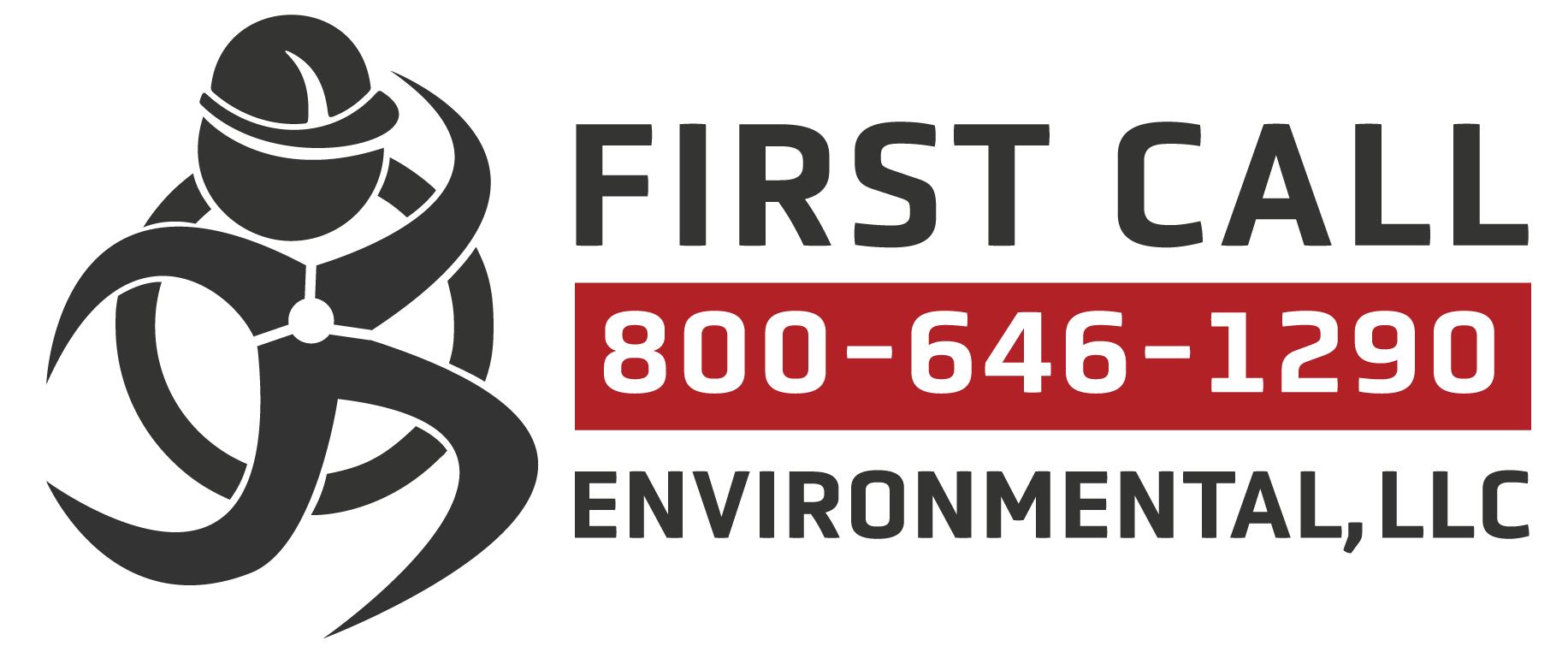For First Call Environmental, Air monitoring can indicate if the air contamination has been eliminated. Atmospheric monitoring can help technicians understand the hazards associated with the products that they are dealing with during a hazmat incident. In many cases, hazardous materials cause health effects that are not obvious at the time of exposure.
“If you fail to plan, you plan to fail.” The old cliché is true about hazmat air monitoring as well. Let’s consider how pre planning can help us understand our equipment and some of the chemicals that we may encounter.
We have been teaching the DECIDE decision-making process for as long as we’ve been doing training. If you remember, the word DECIDE reminds us of a broad plan for responding to hazmat incidents:
- Detect the presence of hazardous materials
- Estimate the likely harm without intervention
- Choose response objectives
- Identify options
- Do the best option
- Evaluate the progress
There are other similar approaches to organized decision-making. All of these point to the importance getting and processing good information to make good response decisions. When it comes to getting good information about chemicals that may have been released into the air, there is no substitute for air monitoring.
FCE always values utilizing the best information available to help maintain the safety of our personnel. That is why we use a job evaluation checklist prior to filling out a tailgate safety plan. FCE understands that exposure to airborne contaminants deserves as much attention as exposure to other types of hazards and toxins in the workplace. Thus, air monitoring should be an essential part of worker health and safety programs and plans. Response crews must gather information during initial site characterization and undertake air quality assessment throughout. Worker training on air monitoring is equally important, especially for those who work in confined spaces, with hazardous materials, and in areas where air contamination is prevalent.

